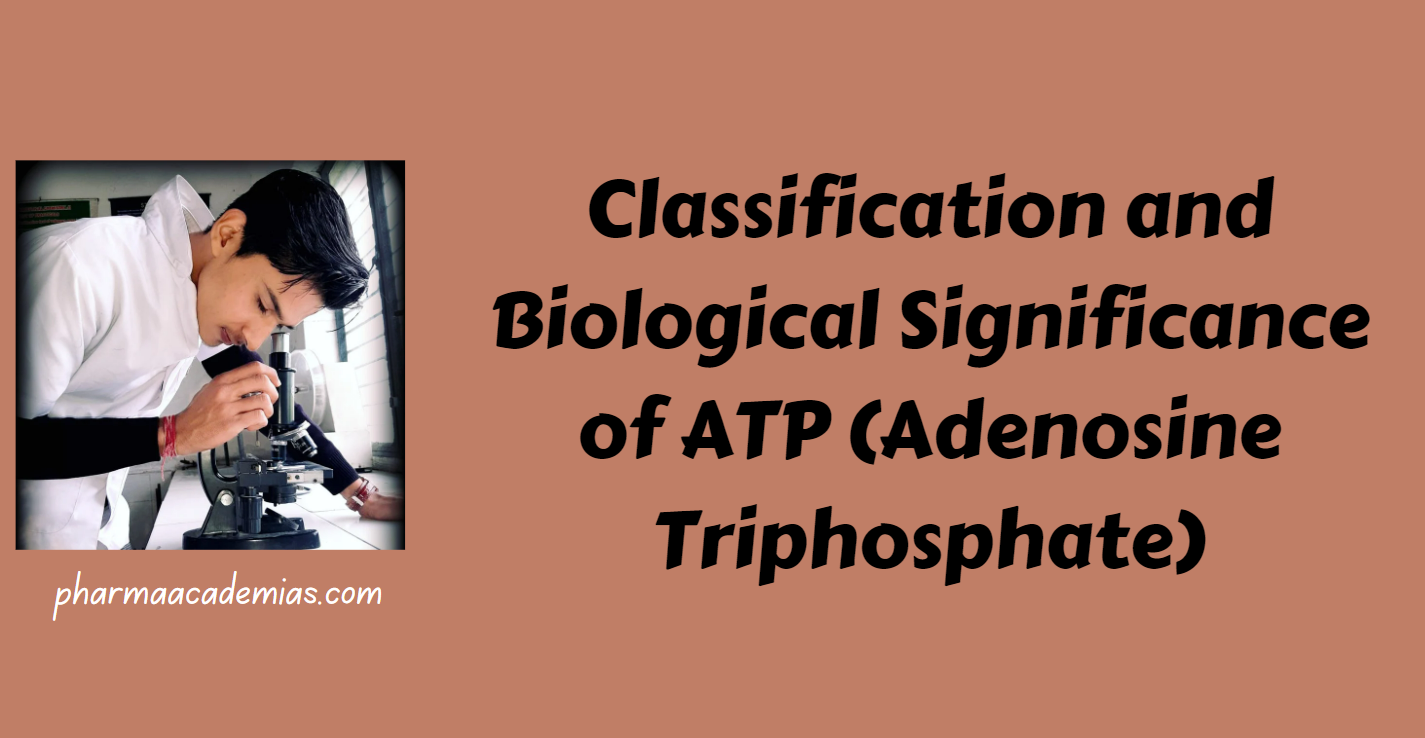Organization of the Mammalian Genome
The mammalian genome is a complex and highly organized structure composed of DNA and associated proteins, contained within the cell nucleus. This organization facilitates the efficient packaging, replication, and expression of genetic information. Here is a detailed note on the various aspects of mammalian genome organization: Chromosomal Structure 1. Chromosomes: Mammalian genomes are divided into … Read more










